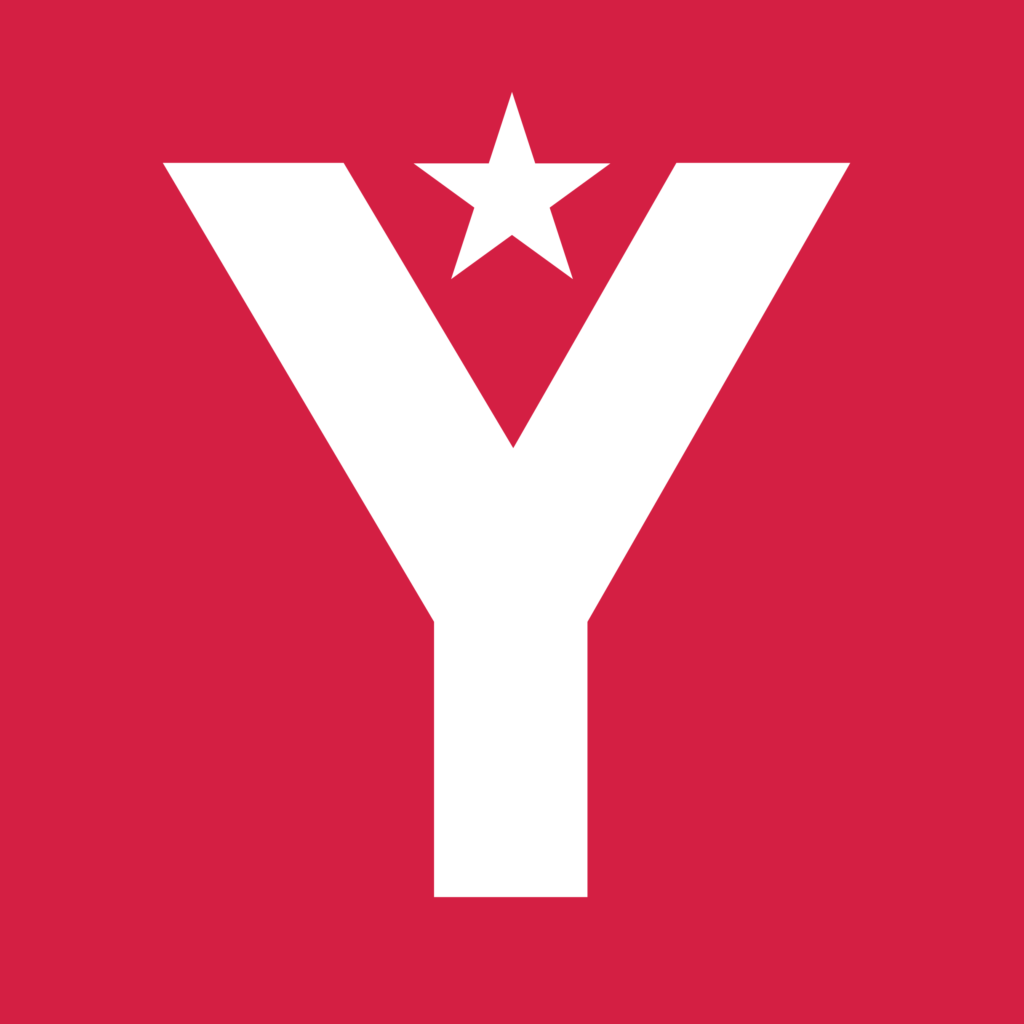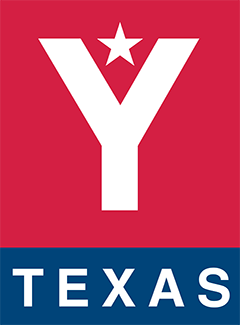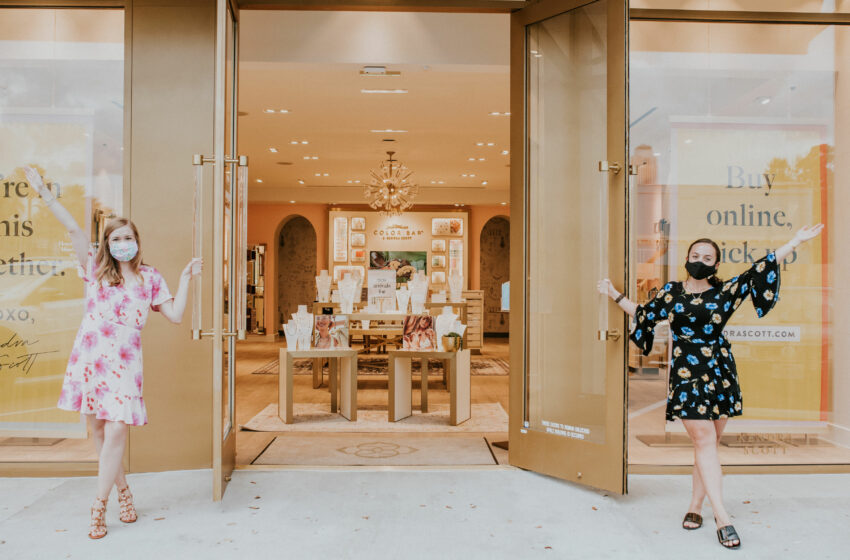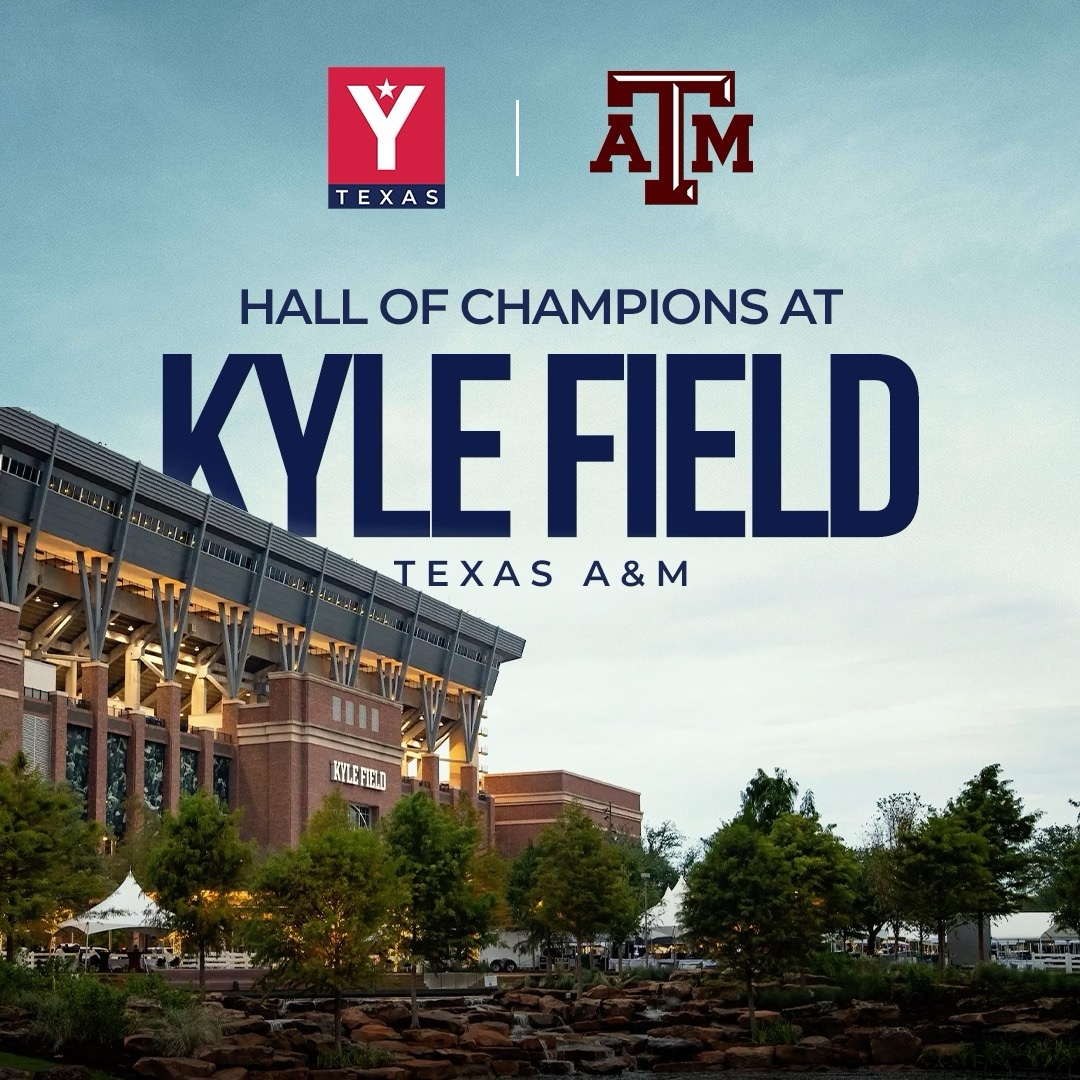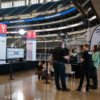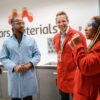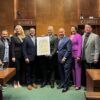News Provided by Texas CEO Magazine
October 1, 2020
Tom Nolan, President at Kendra Scott, Interviewed by YTexas CEO Ed Curtis
When the pandemic first hit, it was clear to me that some businesses—the ones that were succeeding—had either prepared for this scenario or quickly found a way to adapt to it. As business owners, we are always curious as to how and why some get there, while others do not.
When I was asked to interview a leader at a company that has risen to the top during this crisis, I didn’t need to look too far. If you were like me, you were searching for the industry leaders whose example we could follow through the COVID crisis. Companies like H-E-B and Amazon were prepared—Amazon with a business model that feeds on the need for on-demand delivery, H-E-B with an extremely efficient supply chain that was ready to handle a crisis like this. Others, like retail operations, were not afforded a business model nor a supply chain model that could change on a dime.
However, there were outliers in the retail space who found a way to adapt and overcome. One of those happened to be Kendra Scott. During the early days of the pandemic, I would always see them in the headlines. Whether it was their curbside service or their commitment to philanthropy, it seemed as if they had planned for this. Well, yes and no. While they had long been looking at supply chain efficiency and online experiences for customers, the pandemic was a surprise to them, just like the rest of us.
At the end of the day, Kendra Scott’s success came down to one simple thing: culture. When they had to rally the troops, everyone marched in line. Were they prepared operationally? Yes. Were they investing in future technology? Yes. But what stood out to me in this interview with Kendra Scott president Tom Nolan is that their culture, and loyal customers, are what made it look easy.
—Ed Curtis
Ed: Let’s start with how Kendra Scott as a team and brand has weathered the pandemic. Things seem to be going well. What do you credit that to?
Tom: Our business has reacted remarkably well through this, to the level of being something of an outlier. I’m very proud of that. I would say that two primary aspects of our organization have aided us.
The first is our intense focus on the customer. The customer is our boss, and she drives every decision we make. One of the big obstacles, and priorities, of this pandemic has been preserving the customer experience and maintaining high customer engagement. That will continue to be a priority as we come out of it.
I have never been a part of a company — as a board member or an operator or an employee or a customer — that has the connection we have with our customers. It’s unlike anything I’ve ever seen before. It is multigenerational, it’s rooted in our pillars of family, fashion, and philanthropy, and it’s part of our connection with local communities. Some brands say they prioritize the customer but they don’t act that way. We say it and then we do it. Customer expectations are a hell of a lot higher now than ever before, but I think this time is a great opportunity for brands to grow their connection to customers. Kendra Scott customers have certainly pointed the way for our brand as we dealt with the challenges of this year.
The other factor that’s helped through 2020 is our speed. Kendra and I both move fast, and so does the organization. We’ve been unafraid to make swift decisions, and that’s served us well. For example, we caught supply chain issues coming out of Asia on the early side of things. Months before the pandemic got here, we were talking to our suppliers to make sure we had options in case things got messy. Jumping on that fast put us in a really good place on the supply chain.
We started having conversations about diversifying our supplier network at the turn of 2020. Speed is important to our supply chain too. The faster we can get product turned around, the better. In our business, you have hits — an earring or a necklace or a bracelet that catches fire, so to speak, with customers. Suddenly, everyone wants it. The ability to get back into those products faster at a strong margin is critical.
That’s where our discussions in early 2020 were. Then, as we saw the pandemic starting, the discussions evolved into talking about diversification of country of origin. I like the saying that Noah built the Ark before it started raining. We followed the news and stayed prepared.
When we look back on this time, we’ll see that there were a lot of winners and a lot of losers. I think we’ll see that the companies, big or small, who were fast and agile and who stayed close to their customers — they are ultimately going to be the winners. Those two tenets helped us navigate this crisis really, really well.
We let the pandemic galvanize us. When something unexpected like that happens, you have two ways to react: You can run and hide from it, or you can meet it head-on. When you meet it head-on, the experience really pulls a team together in a way that is unlike being pulled together during good times. Even though we’re unable to be together, I haven’t felt more connected to our team and customers and the business than I do right now.
